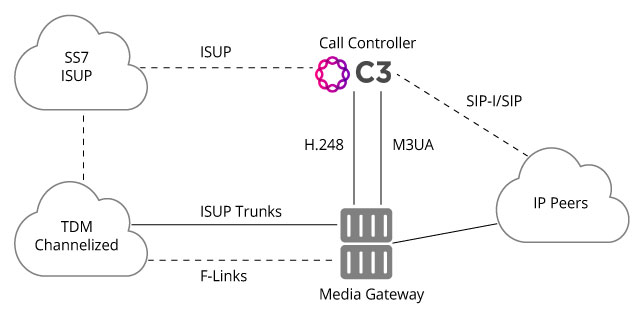Call control is how telecom networks monitor connections and maintain them once they have been established. It is also the way that a network routes phone calls of one use to another end point. Call Control is used to control the connections within a voice over Internet Protocol (VoIP) system, between H.323 endpoints, or between gatekeepers. H.323 is the standard for digital communication between different services, terminals, and network equipment used by the International Telecommunications Union (ITU). Along with Call control, there are two other major categories of communication traffic within a VoIP network, call signaling and media communications. Q.931 is the protocol that call control uses within a VoIP system and other digital networks. The type of call media (conventional call, video conferencing, or VoIP) to be used is specified in the ITU H.245, which transmits messages as octets and then manages and establishes the connection.
There are several functions that are included by the call control, a few of those involve the determination of master/slave status for the endpoints, modifying the parameters of a connection, acting as a monitor of the status endpoints, terminating the connection, and also restarting a terminated or failed connection.
Call Controller with Trunk Media Gateways
An alternative name often used is call processing. For more information, visit our page about Call Controllers


